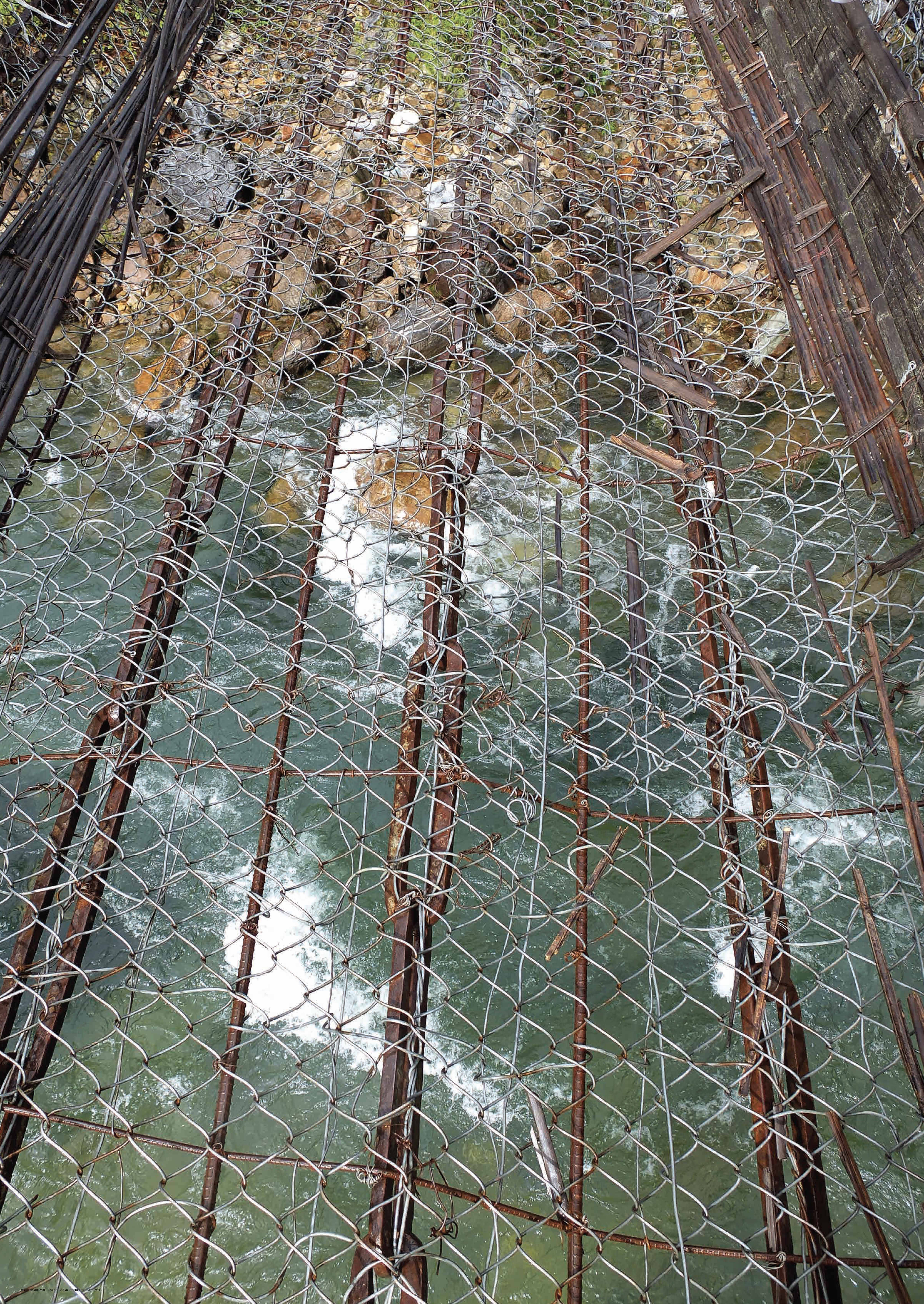Description
Listen to the audio description of this artwork:
This photograph captures a detail of the Tamchog suspension bridge in Bhutan, where five-century-old iron chain links still span the river below. These were forged by the remarkable 15th-century Tibetan master Thangtong Gyalpo – a lama, blacksmith, architect, and visionary. Known as the “Iron Bridge Builder”, he constructed over 50 chain bridges across the Himalayas to serve pilgrims, travelers, and traders. His bridges are among the earliest examples of long-span engineering in the world.
What’s truly astonishing is the quality of the iron: metallurgical analysis in 1978 showed it contains traces of arsenic, rendering it highly corrosion-resistant. Centuries before Europe mastered similar technologies, Gyalpo created tension-based structures that made seemingly impossible crossings not only safe but spiritual. His bridges weren’t just functional – they enabled the spread of Buddhism and its message of compassion, interdependence, and the end of suffering.
Today, iron and steel are no longer symbols of unity, but instruments of division – leveraged in trade wars, extracted unsustainably, and shaped into weapons of influence. Yet the question remains: what are the bridges of today?
In a time of geopolitical fracture and ecological emergency, we must forge new connectors – not of iron, but of empathy. Relationships that span across cultures, classes, and generations. Could circular materials, shared rituals, or public spaces be the new “chain links” of compassion?
Appease the spirits before they turn foes.
Build a bridge before the river swells.
– Thangtong Gyalpo

